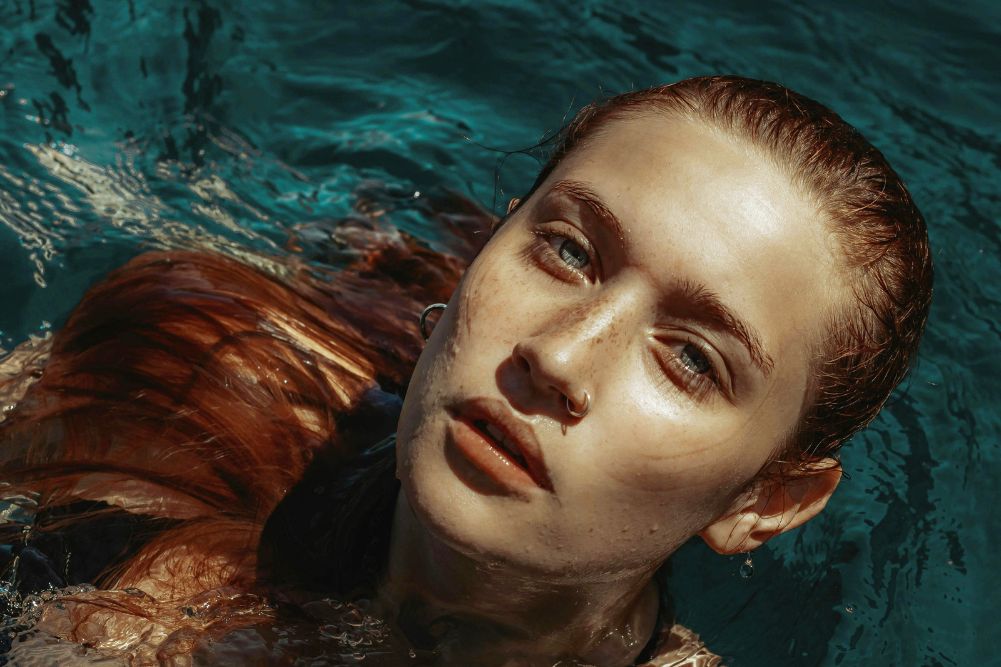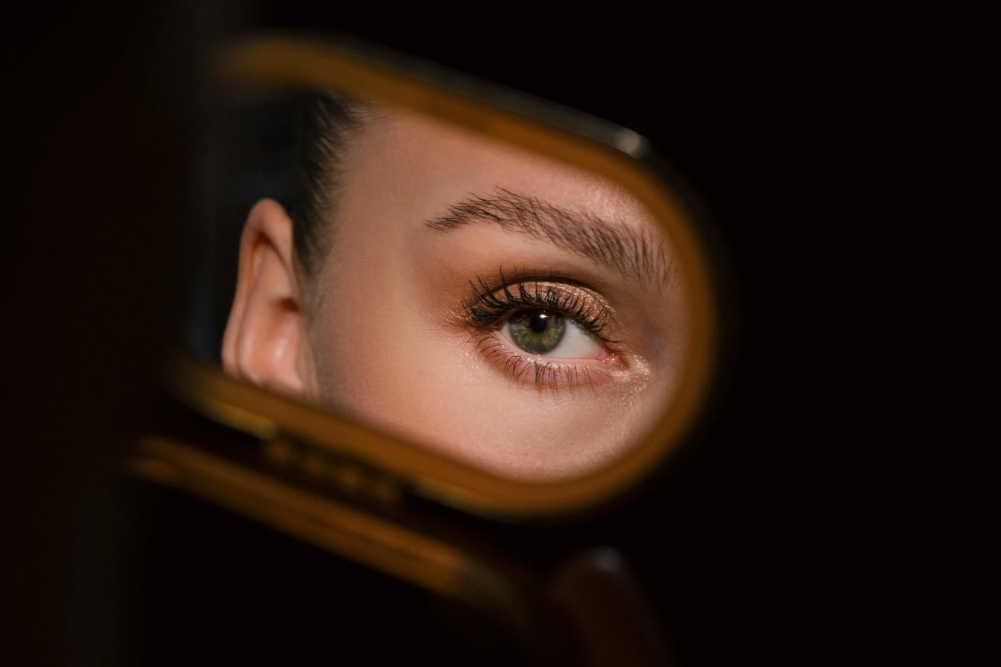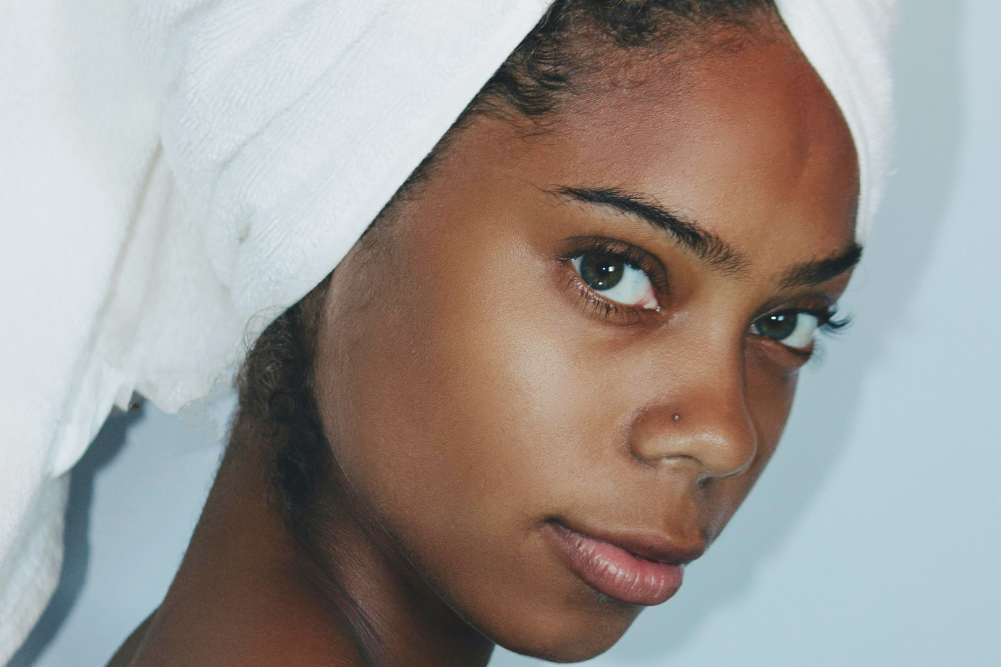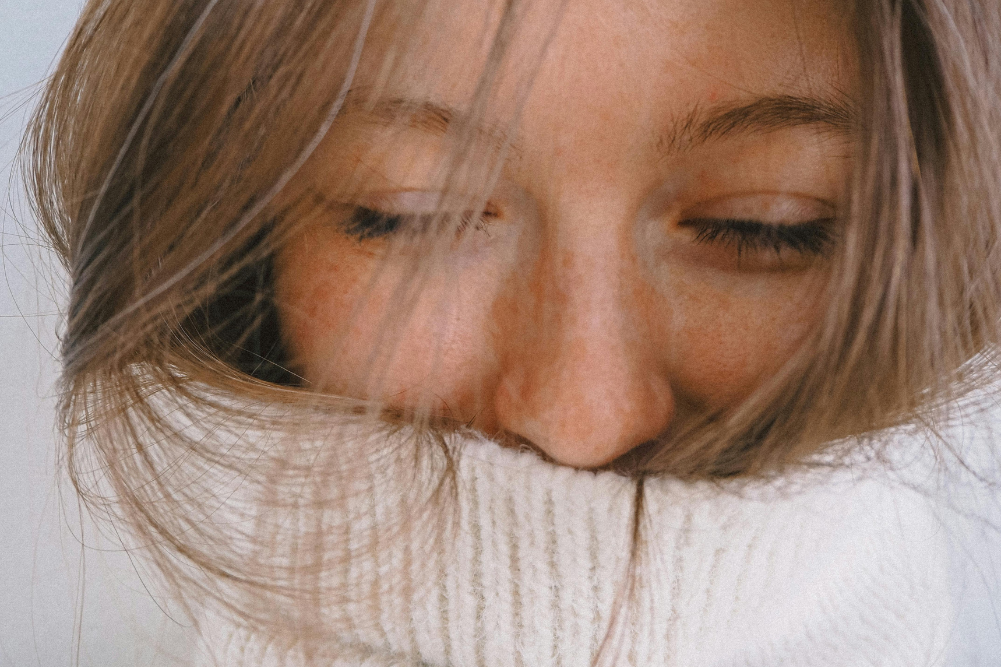Chinese beauty secrets
Chinese medicine is becoming increasingly popular in the Western world. Many people disillusioned by modern medicine are seeking out this ancient healing art with its focus on whole body health rather than individual symptoms.
Now the interest in the secrets of Chinese medicine is extending into the field of beauty therapy. The increasing popularity of cosmetic acupuncture demonstrates there is a strong demand for beauty treatments that enhance your appearance while improving your overall health.
Many people are aware of signs of ageing in their face and want to do something about them, yet are reluctant to follow better-known procedures such as Botox or surgery for fear of possible side-effects. Cosmetic acupuncture is one of several treatments which have begun to fill this gap.
Many people are unaware, however, that beauty treatment in ancient China was a far more extensive system, incorporating a whole range of tools and techniques. Many of these techniques are painless, simple to perform and can be done at home by yourself.
To treat the face directly, the ancient Chinese employed a range of different tools. Most of these are simple to use and easily available through Chinese medicine shops or clinics. Before following any of the instructions below, make sure you have thoroughly washed and cleansed your skin using organic products where possible.
The Jade roller
Jade rollers are increasingly being incorporated into top-end resort and spa treatments and are often used after cosmetic acupuncture to smooth the skin. As the name suggests, these are small, hand-held rollers made largely of jade. Jade artefacts dating back to 5000BC have been found in China and jade rollers have turned up in tombs from the 12th century.
Jade has always been considered a symbol of Beauty, grace and purity. The ancient emperors, their wives and concubines all made good use of these precious beauty products.
Jade rollers gently roll over the skin, creating a cooling effect, due to the nature of the stone, which helps close the pores and tighten the skin. These implements also drain lymphatic fluid, which helps relieve fluid retention around the face and reduce swelling.
They are particularly useful to relieve bags under the eyes and help reduce the sinus congestion which often contributes to this swelling. Because of their gentle nature, they are great to use on the throat to reduce fluid in this area and tighten the skin.
When using the jade roller on yourself, the general principle is to roll upwards and outwards as this increases the lifting effect. Traditionally, you roll across each area five times, starting at the neck and working your way upward. When using the jade roller, it is useful to use a moisturising cream or some good-quality oil on the skin first. The entire routine should take about five minutes.
The procedure to follow is fairly simple. Begin by gently stroking up the neck from the clavicle to the jawbone. Start on one side and work your way around across to the other, spending several minutes on the neck. Next, start at the chin and gently roll outwards towards the ear. Repeat on each area five times, slowly moving up the face until you are below the eyes.
Most jade rollers have a large roller on one end and a smaller one on the other. Around the eyes it is easier to use the smaller end. Roll outwards from next to the nose to the corner of the eyes then roll upwards over the crow’s feet (if you have any) towards the hairline. Next, roll outwards from the corner of the eyes towards the ears.
On the forehead, start at the centre and roll outwards to the hairline. Finally, start from the tip of the nose and roll upward to the hairline. As this technique passes over the third eye or yin tang acupuncture point, it is particularly relaxing. Repeat this upward rolling technique across the rest of the forehead then repeat on the other side of the face.
Jade roller use
|
Gua Sha
The term gua sha traditionally refers to using an implement to scrape the skin. This can be a little misleading, however, as when applied properly to the face it is one of the most gentle, relaxing and beneficial techniques available.
Traditionally, the implements used to perform gua sha included wood, buffalo horn, china and gold, which is still used as it is particularly useful for removing redness and inflammation below the eyes. In modern applications, a specially made plastic gua sha board is most often used though you can still use a china spoon if you prefer. The main point is it must be smooth but with a slight edge to drag across the skin.
Gua sha is particularly useful for increasing microcirculation. It has a strong lifting action on the face and is great for lifting sagging, especially across the cheeks and jowls, which are often areas of special concern. It can also be used to target problem wrinkles and increase the blood flow to these areas, helping improve their appearance.
The principles for using the gua sha are similar to those of the jade roller: always stroke upwards and away from the centre of the face. When using the gua sha it is important to use some kind of cream or oil on the skin. If possible, a small amount of Dang Gui oil is excellent as it increases blood circulation. If not, your usual moisturiser will work and these techniques will actually increase its absorption. As with the jade roller, repeat each step five times.
Start from the chin area and stroke outwards towards the ear. On reaching the hollow in front of the ear, use the tip of the gua sha to rotate on this point five times, stimulating the three acupuncture points located there. These points are particularly useful in helping to pull the skin back.
Then continue to stroke from the centre of the face outwards to this point moving upwards until you are below the eyes. Stroke from the centre of the nose outward to the corner of the eyes, then stroke upward across the temple area to the hairline. Repeat this along the top of the eyes, stroking downward at the end to the temple area.
Next, stroke from the centre of the forehead, moving outwards to the hairline. Cover the entire forehead by repeating this technique and slowly moving upwards. Where there are specific wrinkles that are troubling you, start at one end of the wrinkle and slowly stroke up the wrinkle, performing small circles. It is a good idea to stretch the skin with the other hand while doing this. This technique is particularly good for longer wrinkles such as those on the forehead or which run down from the sides of the nose.
The final technique involves draining the excess fluid that has just been removed from the face. Start from a point called yang bai, which is located in the hollow approximately one inch above the centre of the eyebrow. Stroke down to the temples. From there, stroke up over the ear and then down the back of the neck. Stop at the hollow on the neck where the skull ends. Stimulate this acupuncture point five times.
Dermal hammer (seven-star needle)
In simple terms, this is a small, hammer-shaped object usually made of plastic with seven small spikes of micro needles on the end. This technique provides strong stimulation. It dramatically increases blood flow to the area and so is useful for more chronic or difficult conditions.
Cosmetic acupuncturists will often use this tool when a larger area is to be treated, as it is quicker and easier than using needles. This tool is the first-choice treatment for treating hair loss, blackheads and some types of scarring.
The dermal hammer has a light plastic handle which acts as a spring. To use the hammer, simply tap lightly in the area you want to stimulate. Tapping more strongly does not increase the results. The most common use for the dermal hammer is for thinning hair or hair loss. This is applicable to male pattern balding, most forms of alopecia and thinning hair in women, particularly following pregnancy.
Lightly tap the entire head, working from front to back and then side to side covering the entire scalp. Continue this for about 15 minutes every day. This technique can be combined with different oils and creams which increase hair growth. A note of caution, however: the dermal hammer should not be used in conjunction with hair solutions which contain poisonous ingredients.
The dermal hammer is also especially useful in treating areas of chronic blackheads such as the nose. This can be treated by tapping the nose very lightly for five minutes a day all over the nose. This will remove blood stagnation from the area, which is one of the primary causes of chronic blackheads.
Large areas of scarring can also be treated using the dermal hammer. The most common type on the face is acne scarring. This can be treated by slightly more vigorous tapping all over the affected areas. As little as five minutes a day is enough to make a difference.
If you are still suffering acne, it is better to have this treated first, otherwise using the dermal hammer can spread the bacteria. One quick note: although the dermal hammer is a gentle technique, if you tap too hard you may produce a spot of blood. For this reason, a dermal hammer should not be shared with anyone else.
Acupuncture points
Massaging certain acupuncture points on the face can help stimulate the energy and blood flow to the face. Many of these points are also located at the junctions of muscles and so are very useful in tightening the facial muscles to give a younger-looking appearance.
When massaging the points, it is best to use your thumb or middle finger supported by the surrounding fingers. Use the fingers to form small circles on the point, usually five times in each direction.
You can massage your face without the use of any creams or oils but make sure your hands and skin are clean before you start. It is easier and more effective to massage both sides of the face simultaneously. As little as five minutes’ massage a day can make a difference to the appearance, lifting the skin and bringing an increased lustre and glow to the surface. Below is a list of the main points. As with the tools, start from the bottom of the face and work upwards.
Lian Quan Ren 23: Start with your thumb on your chin and run it backwards until it falls into the depression just before the hyoid bone of the neck. This point is useful for lifting sagging in the neck, has also been shown to regulate hormone levels and is used extensively in weight-loss treatments in China.
Jia Che St 6: Located at the corner of the jaw. Clench your jaw and locate the highest part. This point is useful for sagging of the cheeks and neck. It also helps with trigeminal neuralgia pain, though in this case it may be very sensitive.
Ying Xiang LI 20: On the cheek immediately next to the curve at the base of the nose. This point is very useful for sinus congestion and the resulting swelling on the face, especially below the eyes.
Ju Liao St 3: Located directly below the eyes level with the base of the nose. This point is great for tightening the muscles that control the upper lip. It therefore reduces wrinkles on the upper lip and tightens the skin in the area.
Si Bai St 2: Located in the depression approximately one inch below the centre of the eyeball. This point is very useful for all sagging and swelling below the eyes.
Ting Gong SI 19: Just in front of the ear in the depression formed when you open your mouth. There are actually three points in this depression and it is very useful for tightening the skin of the whole cheeks.
Tai Yang: Located in the centre of the temples. This point is very useful for swelling and redness around the eyes.
Yin Tang: Located between the eyebrows. This point is very useful for vertical lines occurring in the area. It also has a soothing relaxing effect on the whole body and is excellent for sinus problems.
Bai Hui Du 20: Located on the highest point on the top of the head. This point has a lifting effect on the whole body and so is useful for sagging of the facial skin.
Following a simple routine like the ones listed above generally takes less than 10 minutes a day. The tools are all readily available and relatively inexpensive. Over a period of time you will definitely see the results in your appearance. Best of all, you will actually be benefiting your overall health and helping prevent future signs of ageing.
Anthony Kingston is a cosmetic TCM specialist practising at White Lotus cosmetic acupuncture in Brisbane. He and his wife teach courses both in cosmetic acupuncture and in the home use of gua sha. For more information go to cosmeticacupuncture.net.au or call 07 3868 3856.







